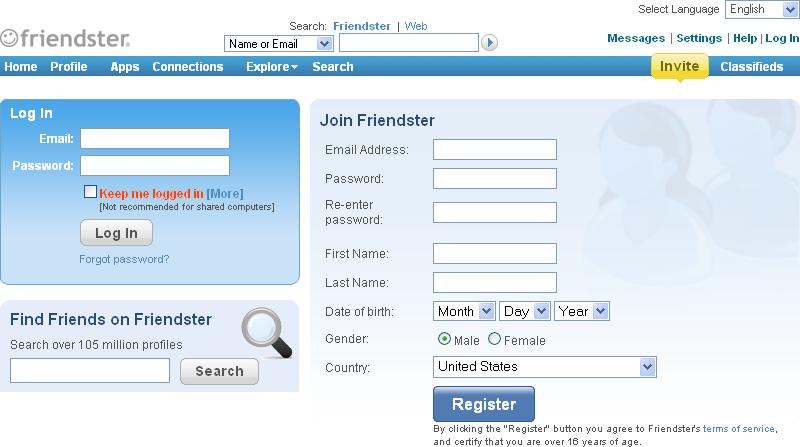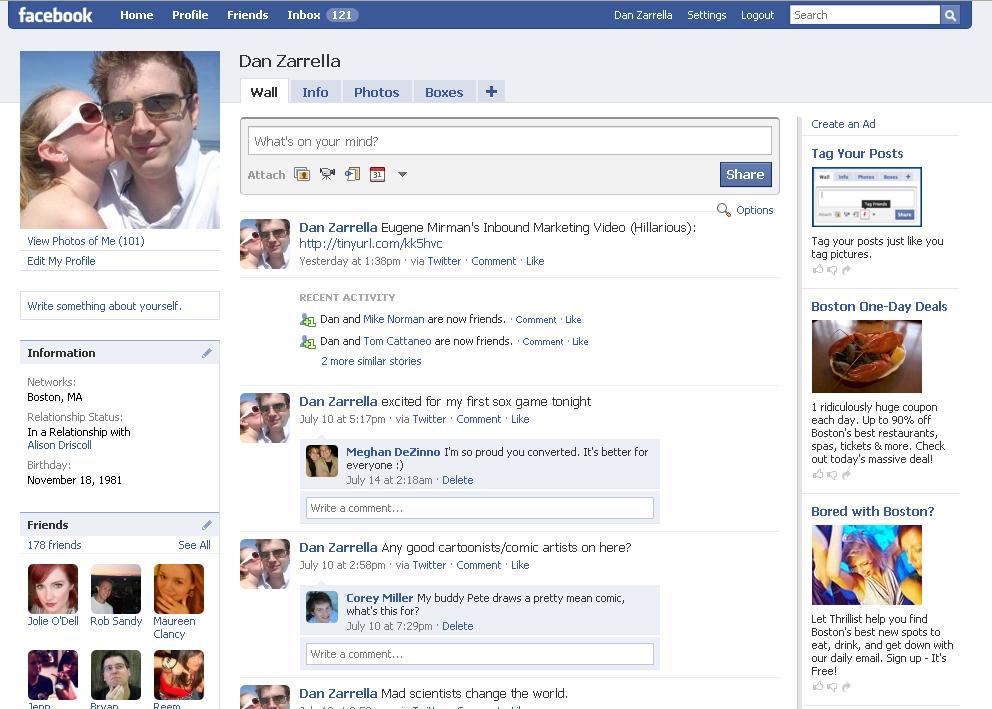The roots of online social networking can be traced to the 1980s bulletin board systems (BBSs). These systems allowed users to log in—through very slow connections—to share software and data as well as send private messages and post to public message boards. Due to the high cost of the long distance calls that would be required to access BBSs in other parts of the world, most of these were very local communities.
The late '80s and early '90s saw the rise of the desktop applications CompuServe, Prodigy, and AOL. Far more feature-rich than BBSs, these systems allowed users to connect to the Internet and create personal profiles, post events, chat, and send public and private messages.
As the World Wide Web grew in popularity, social networking moved to web-based applications. The first wave was built for specific functions or audiences. In 1995, Classmates.com and Match.com were created; both remain fairly popular sites in their niche. In 1999, more targeted networks were launched, including BlackPlanet.com, MiGente.com, and AsianAvenue.com.
The modern era of social networks began in 2002, when Jonathan Abrams launched Friendster (see Figure 4-1). Inspired by Match.com, Abrams wanted Friendster to be a dating site that wasn't about dating. In what many consider to be one of the biggest financial mistakes in recent history, Friendster rejected a $30 million buyout offer from search giant Google.
In 2003, several employees of a marketing company now known as Intermix Media—which was later sued by then–New York Attorney General Elliot Spitzer for making malicious spyware applications—duplicated the core functionality of Friendster and launched MySpace. Initially powered by Intermix Media's large email lists, MySpace quickly became a leader among social networking sites. Thanks to its customizable user profiles and its focus on music, MySpace had a cooler image than its somewhat stodgy rival, Friendster. In July 2005, News Corporation purchased MySpace and its parent company for $580 million.
Then, in October 2003, a Harvard sophomore named Mark Zuckerberg hacked into the university's private dorm ID database and created Facemash, a site that let students compare two ID photos to select the more attractive one. Narrowly avoiding legal action, Zuckerberg went on to create "The Facebook," a social network that began as an exclusive site for Harvard students. Slowly the site allowed other colleges to join—initially only Ivy League schools, and then other colleges, and then, eventually, high schools. Finally, in 2006, anyone with an email address could sign up.
Sometime between April 2008 and February 2009, Facebook overtook the long-standing king, MySpace, as the world's most popular social network (see Figure 4-2 for an example of a Facebook page).
Get The Social Media Marketing Book now with the O’Reilly learning platform.
O’Reilly members experience books, live events, courses curated by job role, and more from O’Reilly and nearly 200 top publishers.



